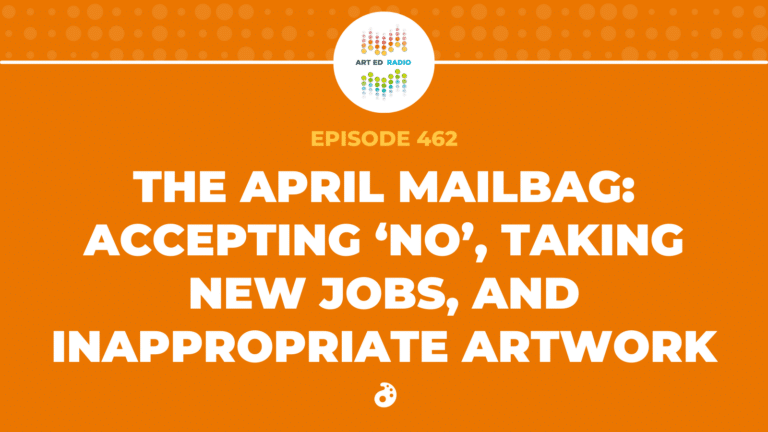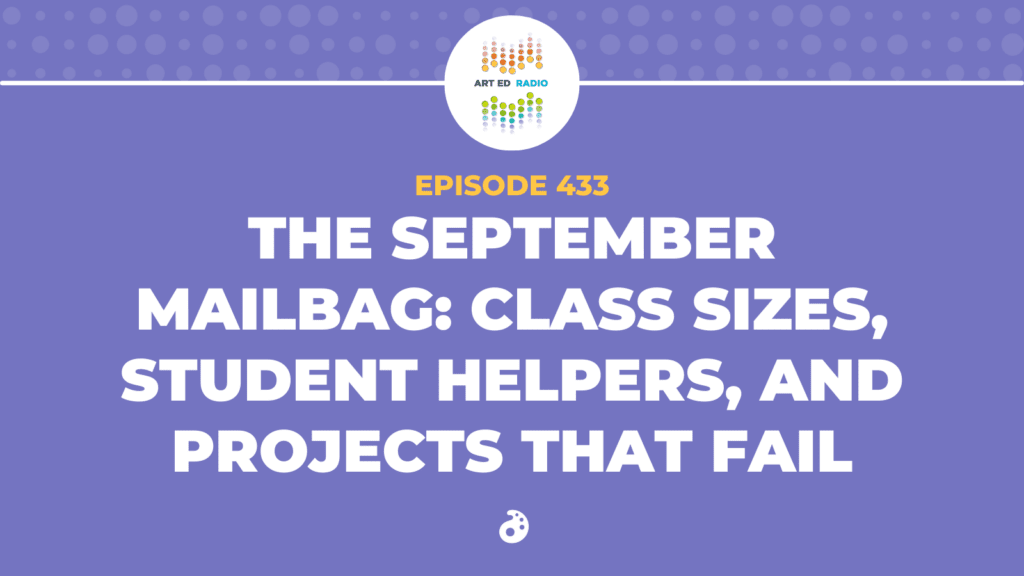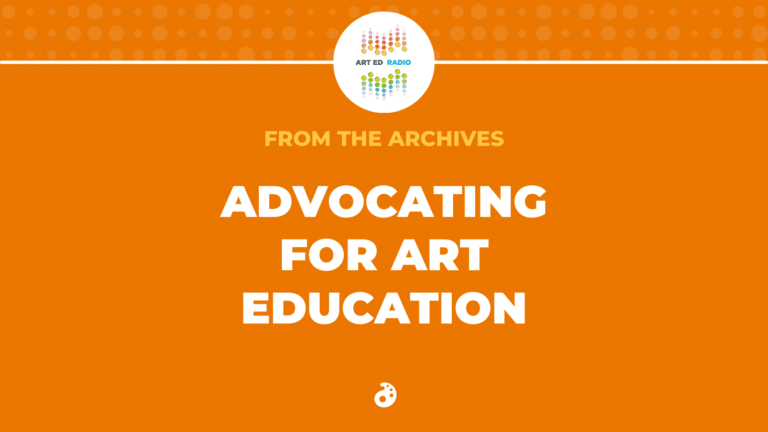Related

Professionalism
 Podcast
Podcast
The May Mailbag: Teacher Appreciation, Difficult Co-Workers, and the End of the Year (Ep. 466)

Professionalism
 Podcast
Podcast


